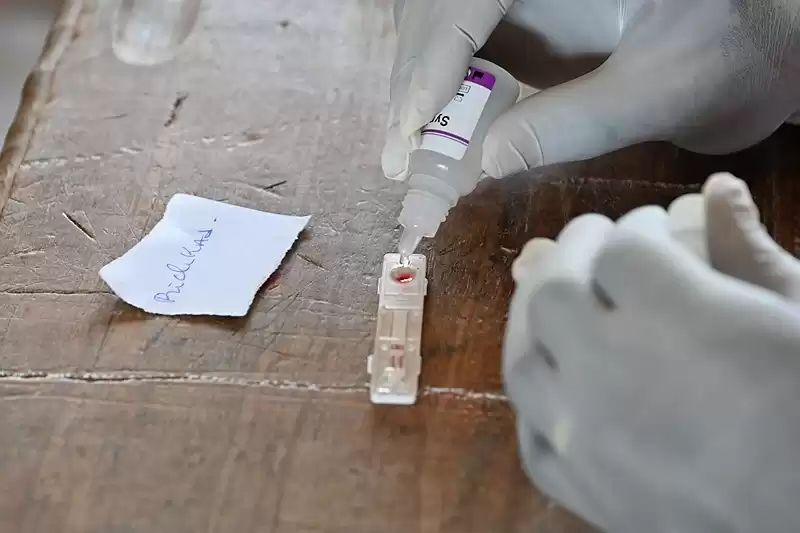Cases of Leprosy Spreading in Central Florida: CDC Reports
Leprosy cases have unexpectedly emerged in central Florida, with experts suggesting the disease may be endemic to the region. The majority of cases in the US were reported in central Florida, and 34% of new patients appeared to have acquired the disease locally. Efforts to stop the spread of leprosy have been hindered by its rarity and slow-spreading nature. Physicians can aid in identifying and reducing transmission by reporting cases and supporting efforts to identify routes of transmission. Subscribe to receive breaking news alerts for free.
Cases of Leprosy have recently emerged in central Florida, seemingly appearing out of thin air. A comprehensive analysis published in the Centers for Disease Control and Prevention's (CDC) Emerging Infectious Diseases (EID) journal suggests that the disease may have become endemic to the region.
According to the authors of the journal, Florida has experienced a rise in leprosy cases that lack the traditional risk factors. This trend provides mounting evidence that leprosy has established itself as an endemic disease in the southeastern United States.
The authors further emphasized the importance of considering travel to Florida when conducting leprosy contact tracing in any state. This highlights the need for a broader awareness of the potential spread of the disease beyond its usual geographic boundaries.
While leprosy cases are generally rare in the United States, with only 159 cases reported in 2020, the EID study revealed that central Florida accounted for the majority of these cases. An astonishing 81% of reported cases in the state originated in central Florida, and approximately 34% of new patients between 2015 and 2020 seemed to have acquired the disease locally.
The EID report acknowledged that leprosy has historically been uncommon in the United States. Incidence peaked around 1983, and there was a significant decline in documented cases from the 1980s to 2000. However, since then, there has been a gradual increase in the incidence of leprosy in the country.
Linda Adams, the chief of the National Hansen's Disease Program (NHDP) Laboratory Research Branch, emphasized that leprosy is indeed present in the United States. While the country has a low incidence of the disease and is considered low-endemic, it is crucial to acknowledge its existence and take necessary precautions.
The article highlights a case involving a 54-year-old landscaper who visited a dermatology clinic in Orlando. He presented with a spreading rash that had puzzled several previous doctors. Dr. Rajiv Nathoo, after conducting biopsies, confirmed the diagnosis of leprosy. This case serves as a reminder of the disease's rarity and the challenges healthcare professionals face in recognizing it.
The slow-spreading nature of leprosy, combined with its extreme rarity in the U.S., has made it difficult to control its spread effectively. Diagnosis primarily relies on biopsies, making it crucial for physicians to report cases promptly and support efforts to identify transmission routes, ultimately aiding in reducing the disease's spread.
In conclusion, the emergence of leprosy cases in central Florida has raised concerns about the disease's potential endemicity in the region. While the overall incidence of leprosy in the United States remains low, the concentrated cases in central Florida warrant attention and further investigation. It is vital for healthcare professionals to stay informed, report cases, and actively contribute to efforts aimed at preventing the spread of leprosy.












Comments on Cases of Leprosy Spreading in Central Florida: CDC Reports